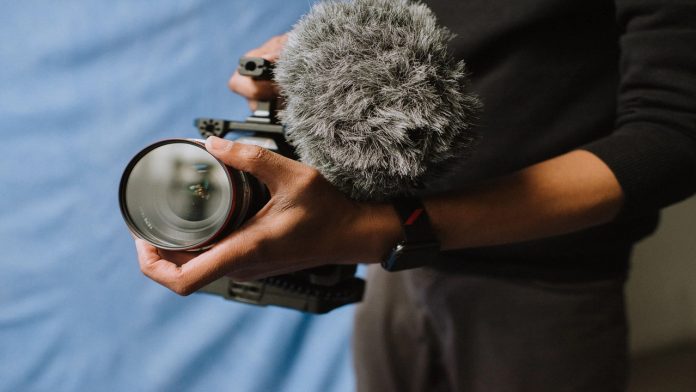In the world of photography, the process of taking beautiful pictures is just half of the work. As with video in photography or while creating multimedia, sound is an important component, and therefore good sound is needed. Bad sound can spoil even the most beautiful picture, your content will be less attractive and less quality. click here for some tips that can help you improve audio in your photographic projects.
Purchase a Good Quality Microphone
The most important part of the search for high-quality sound is the microphone. While the built-in camera microphones are small, they are not very distinct and can capture other sounds. There is a potential for a large improvement if one switches to an external microphone.
- Shotgun Microphones:
Shotgun microphones are ideal for capturing sound from a specific direction and are ideal for capturing sound coming from a specific direction while excluding sounds from other directions.
- Handheld Microphones:
Interview or recording on-the-go microphones are convenient and offer reasonable sound quality and portability but the user must hold or position the microphone correctly.
Regulate the loudness and the amplification of the sound
Volume control is necessary to avoid distortion and to ensure that the audio is not too soft or too loud. Make sure your microphone is correctly gain-controlled. If you adjust the level too high, you may experience cutting; if you adjust the volume too low, your audio may be low.
Utilize External Audio Recorders
For the highest quality of sound, it is advised to use an external sound output. The recording on these devices is much better than the camera audio systems that are built in. Capture sound differently and then add it to your video in the post-production process for the best results.
Use Audio Editing Software
Post-production is the ideal stage to achieve perfect audio quality because it is in the most natural state. Record using a good microphone and use audio editing software to reduce background noise and make the sound clear.
Key tasks in audio editing include
Noise Reduction: Eliminate regular background sounds like vibrations by using noise reduction techniques.
- Equalization (EQ):
Frequency levels should be changed to make it clearer and to equalize the sound.
- Compression:
Compression should be applied to regulate the dynamic range and to equalize the loudness of the audio.
Optimize Your Recording Environment
This is why the environment in which you record can have a vast impact on the quality of the sound. Minimize the background noise by choosing a less noisy environment and using measures such as earplugs. Carpet, sofas, curtains, and acoustic panels will also reduce reflections and give a purer sound.
Monitor Audio with Headphones
Using headphones of good quality, it is advisable to listen to your audio in real time. This practice allows one to fix issues as they are, for instance, noise or distortion, without having to start over the project. One should always try to avoid having to fix things during the editing process and it is always better to sort out problems before the recording process.
Conclusion
Improving the audio in your videos involves the right equipment, technique, and process for managing the sound. Hence, there is an opportunity to obtain high audio quality with the help of good microphones, volume regulation, and the selection of the proper environment for the multimedia content. With the above tips, you will be on the right track to producing professional and quality audio for your photography works.










